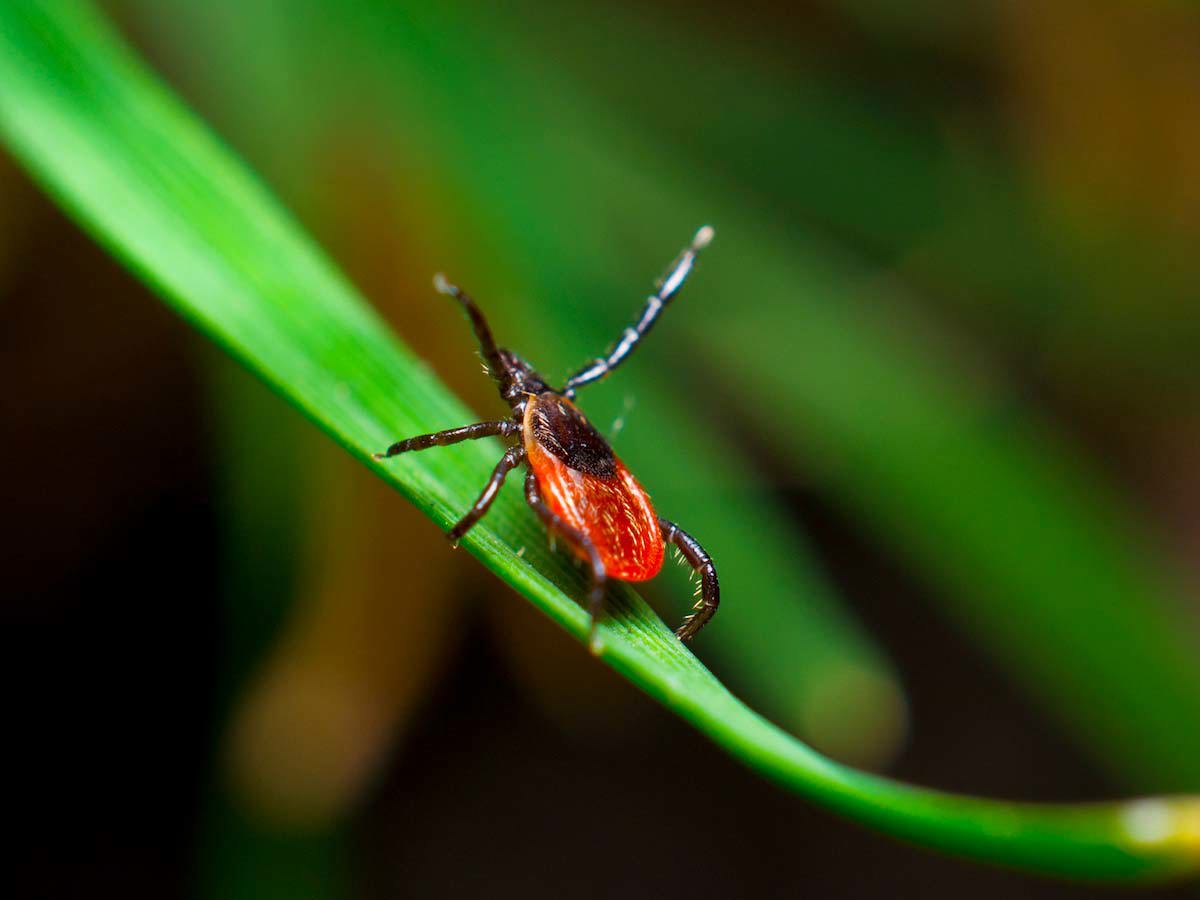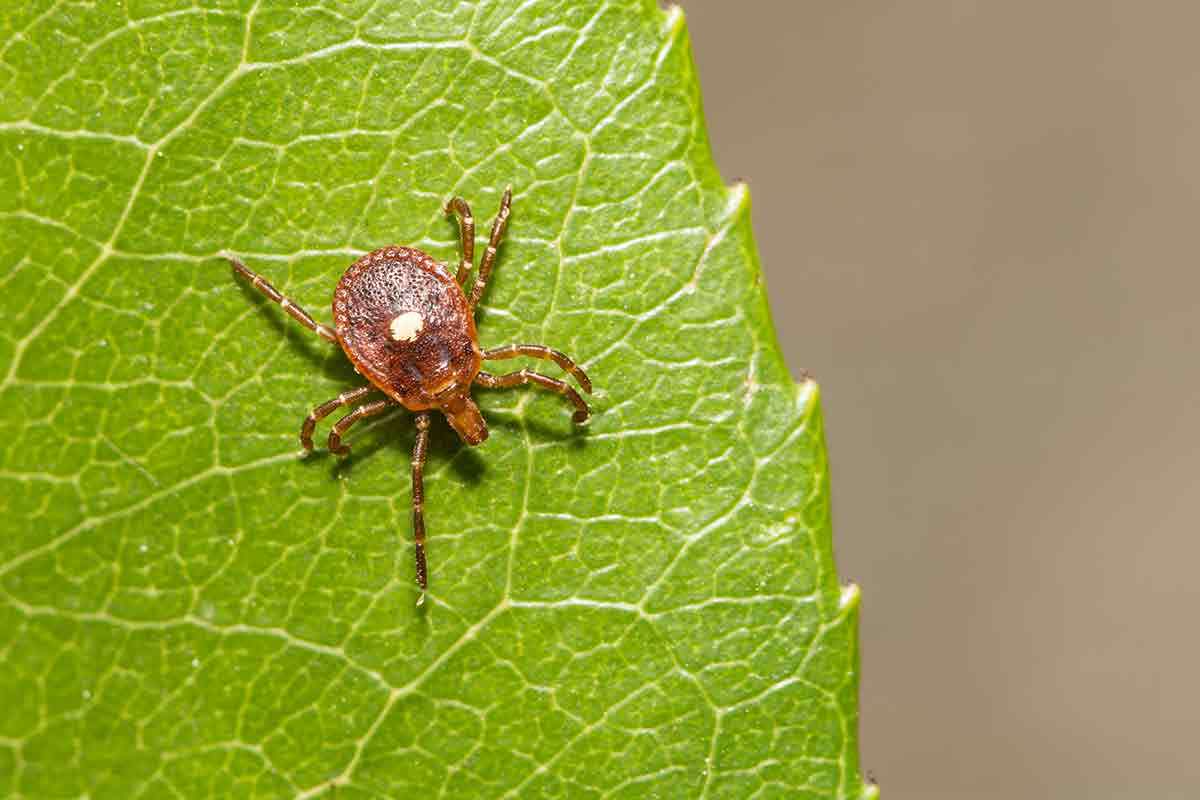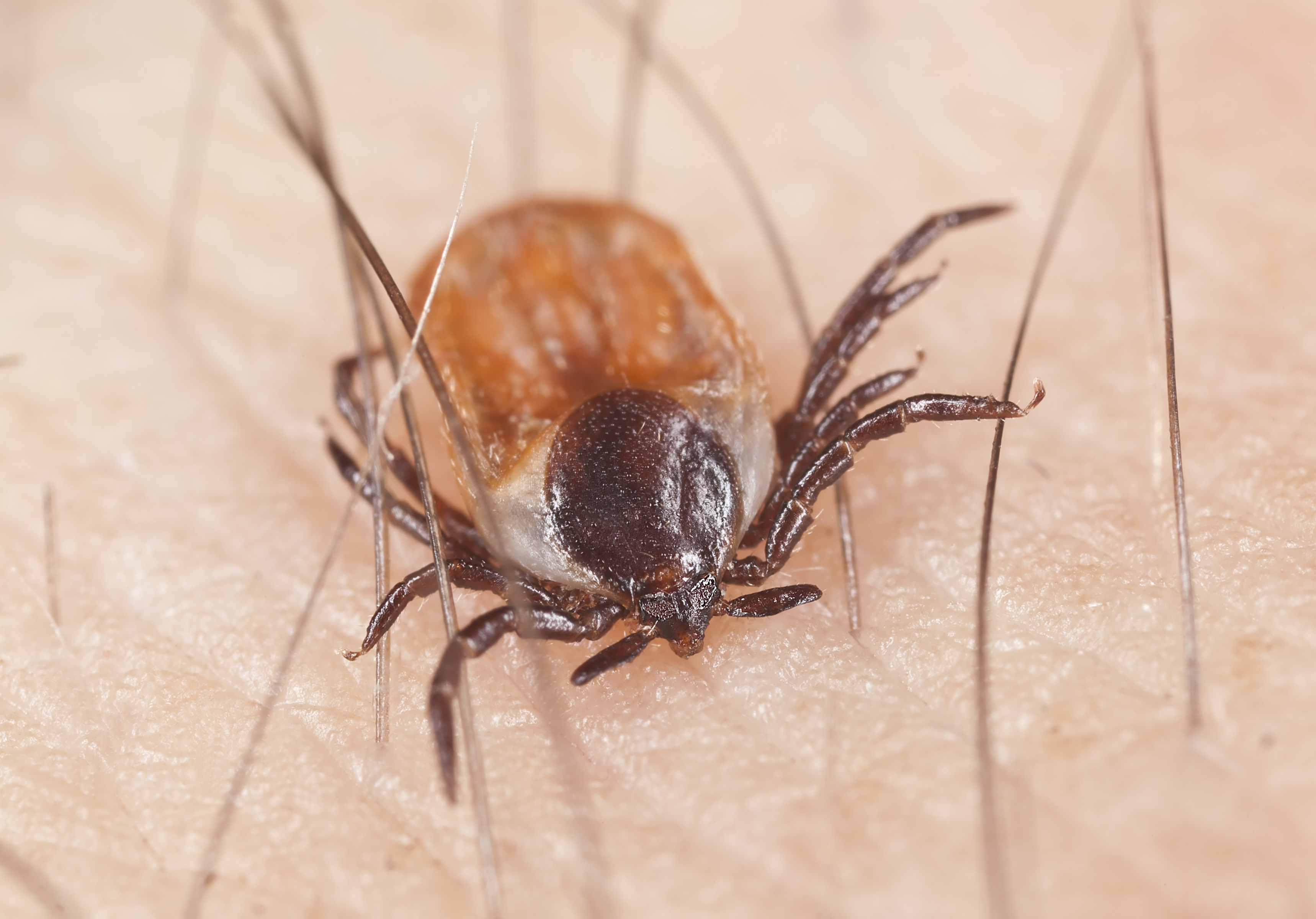Ticks in Wisconsin
Ticks are a major concern in the upper Midwest, particularly in Wisconsin. Ticks can spread diseases such as Lyme disease, anaplasmosis, ehrlichiosis, and babesiosis. According to the Wisconsin Department of Health Services, Wisconsin had 3,105 estimated cases of Lyme disease in 2018. This is partially due to the high deer population in Wisconsin.
All Wisconsin residents and tourists should be aware of the dangers that ticks pose, as well as when you are most likely to encounter a tick, how to identify Wisconsin ticks, and how to prevent a tick bite. Read on for more details.
List of Common Types of Ticks in Wisconsin
There are three species of ticks that can most often be found in Wisconsin:
When is Tick Season in Wisconsin?
Ticks in Wisconsin are generally most active from May through August. Wisconsin residents are most at risk for Lyme disease transmission during these months, but should be aware that tick bites are possible year-round, not just during the height of WI tick season. In recent decades, Wisconsin has experienced wetter and warmer climate, creating more hospitable conditions for ticks.
Are Ticks “Bad” in Wisconsin?
Ticks are certainly a higher risk in Wisconsin, with Lyme disease being one of the largest concerns posed by these pests. According to a 2020 report from the Wisconsin Environmental Public Health Tracking Program, Wisconsin is among the top 25 percent of states reporting high incidence of Lyme disease cases. The average number of annually reported cases of Lyme disease in the state, according to the Wisconsin Division of Public Health, has more than doubled between 2008 to 2018. Lyme disease has been reported in every county in the state, with the highest incidence in the northwestern region.
If you are planning to spend time outdoors, you should take the following precautions:
- Wear long pants and long-sleeve shirts.
- Always wear closed toed shoes and tie them tightly when possible, so that ticks cannot fall into the shoe. Rubber knee boots are a good option if you will be hiking or walking in heavily wooded areas.
- Wear clothing that is treated with permethrin.
- Always use insect repellent that contains at least 20% DEET.
- After spending time outdoors, always do a full inspection of your body. A full length mirror will help. Also, ask a friend or a partner to check your hair and places such as your back that you are unable to see. If you have pets, do the same for them before letting them back into the house.
Wisconsin Tick Identification: How to Tell Tell If You’ve Been Bitten By a Tick (and What to Do About It)
It is entirely possible you never feel a tick crawling on your body, or even biting you. The most likely ways to identify a tick on your body is by seeing a dark lump that looks unfamiliar, or by scratching your head or touching a part of your body and feeling an unfamiliar bump.
If you do find a tick on your body, you should remove it immediately by using a pair of tweezers. Grasp the tick as close to the surface of the skin as possible. Apply steady, even pressure and pull up, making sure not to twist the tick as you pull it out. Once the tick has been removed, clean the bite area and your hands with soap and water or rubbing alcohol if available. You may notice a small bump or redness at the site of the bite. This should go away in one to two days. If it does not, consult a doctor.
If you are bitten by a tick and see a bullseye rash, you should consult a doctor. This can be a sign of Lyme disease. Redness can occur anywhere between three and 30 days after a bite. If you do not see a rash but you experience prolonged fever, chills, headache, fatigue, muscle and joint aches, or swollen lymph nodes, you should consult a doctor, as these can also be signs of Lyme disease.
Laboratory tests can be run to confirm whether you have Lyme disease. Lyme disease, among other tickborne illnesses, can be treated with antibiotics. If you have more questions about tick identification in Wisconsin, contact a pest control professional.
Find a Tick Exterminator in Wisconsin Today
Wisconsin residents are at high risk of encountering a tick or receiving a tick bite. This can cause future health problems for humans as well as animals. If you encounter a tick in or around your home, contact a licensed pest control professional. Enter your zip code in the search bar below to see a list of verified and licensed local professionals.
Resources:
https://www.dhs.wisconsin.gov/tick/index.htm
https://mywisconsinwoods.org/2020/05/27/how-to-co-exist-with-wisconsins-ticks/







